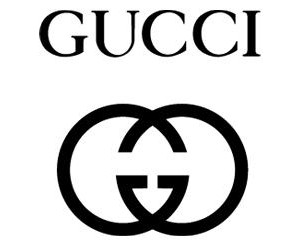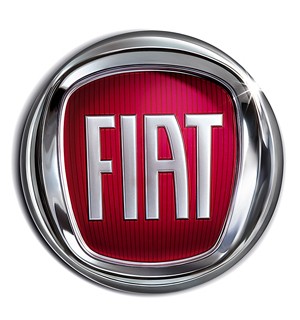The term “Mobil” is likely to be encountered on numerous occasions in a variety of contexts, including as the name of an automobile, an industry, a labour position, or a petrol station. Mobil is the largest oil company in the world, renowned for the quality of its products and lubricants, which are designed to deliver optimal performance and efficiency. The company has been a reliable source of energy for automobiles, urban lighting, and industrial processes for a considerable length of time. The company has accrued significant wealth and continues to aspire to attain even greater riches, while maintaining its modest insignia.
Mobil and associated companies
The first known use of the name “Mobil” dates back to 1911. However, the brand was not actually used until the early 1960s. It is an American petroleum company with its earlier headquarters located in Virginia, which was subsequently transformed into a downstream headquarters of its parent company. The company has its origins in the previously known oil company Socony-Vacuum. In 1999, the company merged with another major player in the oil industry, Exxon, and subsequently became known as ExxonMobil. It should be noted that Mobil has a separate identity within the larger ExxonMobil brand. Additionally, it has a sister company with the same name, Esso. The primary products offered by Mobil include gasoline, convenience stores, and, in select locations, car wash facilities and automobile repair shops.
The straightforward Mobil logo and its representation
The Mobil logo is characterised by a lack of embellishment and a straightforward design. The brand name “Mobil” is presented in a bold blue colour, with the “o” in red. The red ‘O’ is a striking visual element that represents the oil company and its spherical shapes, implying motion and expansion. It also draws attention to the significance of this letter in the company’s name. The colour red is particularly effective at capturing attention, in comparison to other colours. The blue colour is regarded as a representation of the world’s top oil company. The insignia was designed by Tom Gesimer of Chermayeff and Geismar Inc.
The previous logo of the company depicted a Pegasus, coloured red. The Pegasus, an immortal winged horse as described in Greek mythology, was the symbol of the company’s aspiration to achieve success and its efforts to attain this goal. Additionally, the company name was displayed alongside it. The text was identical to that which is in use today, with the same blue lettering and a red O. The designer of the logo posited that simple things leave a more lasting impression and are more striking and imposing. Another aspect of the concept was the correct pronunciation of the word ‘Mobil’, which is Mo-bul, and not Mo-beal. Over time, the Pegasus was removed from the emblem, and the text was retained to continue representing the company’s values of modesty, enthusiasm, and vivacity in the oil industry.
The Mobil logo has become an icon of the company’s reliability and faithfulness. The logo effectively encapsulates the brand’s slogan, “Taking on the world’s toughest energy challenges”. Mobil has indeed achieved considerable success. Although the logo does not feature any particularly sophisticated graphical elements, it conveys a sophisticated and respectable image of the company, which is renowned for its performance, expertise and innovation. The logo indicates the utilisation of advanced technology in the fields of petroleum, emollients and services.



